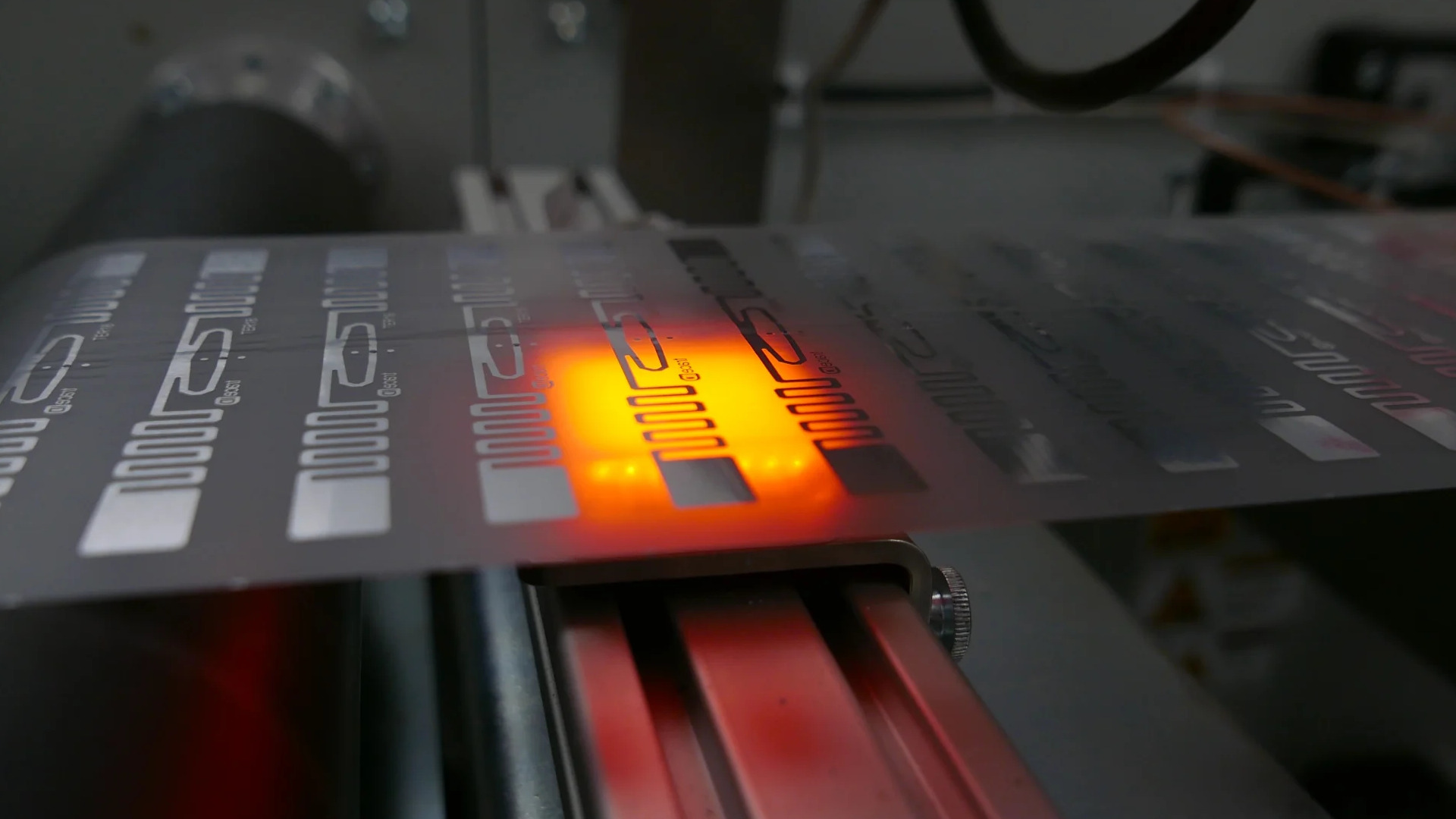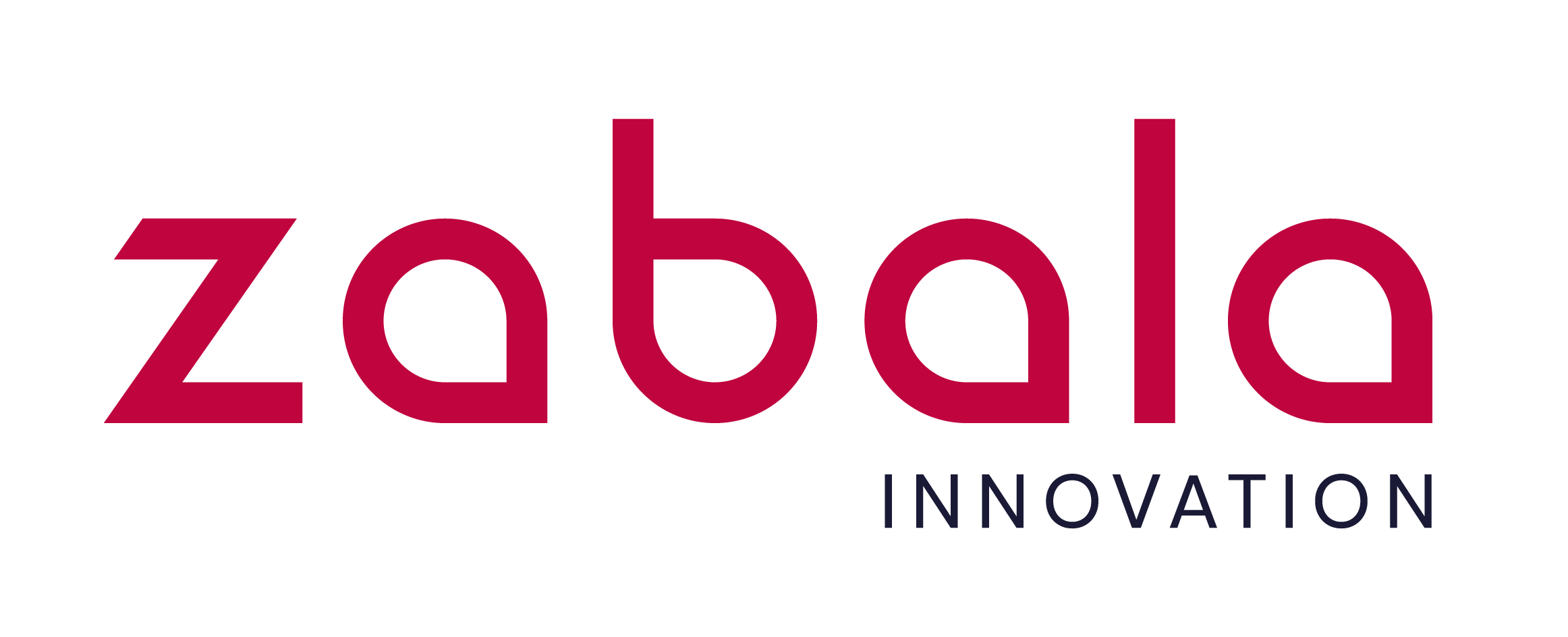July 29, 2024
At Trace ID, we are leaders in cutting-edge RFID solutions, using advanced technologies in both bonding and converting processes to meet the diverse needs of our customers. Understanding the differences and particularities of these processes is crucial to optimizing RFID applications, especially in critical sectors such as healthcare, logistics, and industrial automation.
RFID Bonding
Bonding refers to the precise attachment of RFID chips to their respective antenna substrates. This process is essential to ensure the functionality and reliability of RFID tags.
-
Advanced Technology in RFID Bonding
At Trace ID, we use state-of-the-art flip-chip machines for our RFID bonding process. These machines have a production capacity of up to 40,000 units per hour, making them one of the fastest and most efficient RFID bonding solutions available on the market. Flip-chip technology involves flipping the silicon wafer so that the chips attach directly to the antennas with a quick-drying adhesive.
-
Efficiency and Precision in RFID Bonding
These machines not only improve production speed but also reduce operating costs and space requirements, positioning them as industry leaders. This efficiency allows us to meet the growing demand for RFID inlays that meet the latest market requirements.
-
Applications of RFID Bonding
The RFID bonding process is essential for creating reliable RFID inlays, which are the fundamental components of RFID tags. These inlays are used in various applications, from smart labels to contactless cards.
RFID Converting
Converting involves transforming RFID inlays into finished RFID tags. This process includes adding protective layers, printing, and cutting the tags into their final shapes.
-
Flexibility in RFID Converting
Trace ID’s RFID converting solutions offer flexibility to handle a wide range of products, from standard RFID tags to specialized tags like luggage tags and pet ear tags.
-
Customization in RFID Converting
RFID converting processes can be customized to meet specific customer requirements, allowing for diverse appearances and production volumes. This is crucial for industries that require unique labeling solutions.
-
Environmental Impact in RFID Converting
Trace ID’s antenna cutting systems offer a more environmentally friendly alternative to traditional etching processes. These systems reduce material costs and eliminate the need for corrosive chemicals, making the RFID converting process more environmentally friendly.
Integration of Bonding and Converting in RFID Production
By integrating both bonding and converting processes, companies can achieve greater efficiency and flexibility in their RFID production lines. Trace ID’s smart factory solutions connect all stages of RFID production, from chip bonding to creating finished tags, through advanced software, ensuring seamless operations and real-time data acquisition.
Conclusion
Understanding the distinctive roles of RFID bonding and RFID converting in RFID production helps select the right technology and processes to meet specific needs. Trace ID’s innovations demonstrate the potential for faster, more cost-effective, and sustainable RFID tag production. We are committed to using these advanced technologies to deliver high-quality RFID solutions that meet market demands and improve operational efficiency across multiple sectors.
For more information about our RFID solutions and how we can help your company optimize its operations, visit our website.
Contact us for more information focused on your needs. If you wish to receive information about RFID technology, subscribe to our magazine.






